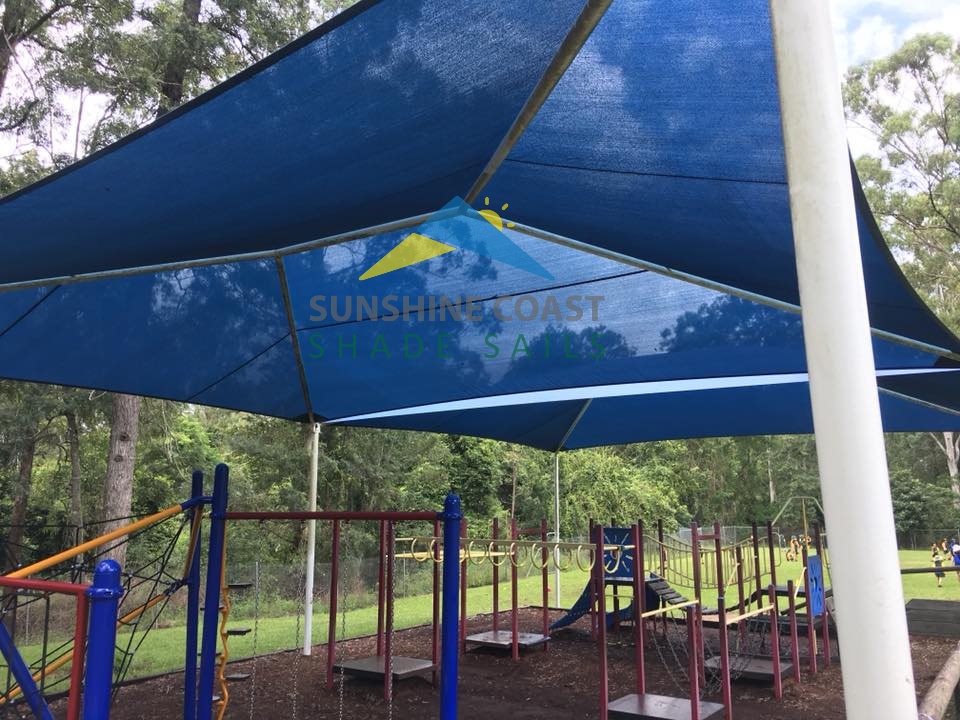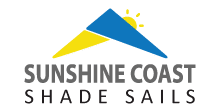What’s New: School Shade Sails
In Queensland, we’re invested in understanding the dangers of UV radiation and learning the best ways to protect ourselves and our children. Local, state, and federal governments have a range of regulations and recommendations to ensure that schools, early learning centres, and other childcare facilities are doing their best to protect children from the burning Australian sun. There is always new research and best practices being developed, so here are some recent changes affecting shade sails in schools around Queensland.

The Ultraviolet Effectiveness Scale
Standards Australia recently updated their documentation on shade fabrics, including a new way of measuring the human UV protection offered: the Ultraviolet Effectiveness (UVE) scale. See our article dedicated to UVE to learn more about the scale and what it means. Government departments use the Australian standards for shade fabrics to set clear measurable guides for the quality of shade, and how much of it must be available to children at schools, and other education and childcare facilities.
The Australian Radiation Protection and Nuclear Safety Agency (ARPANSA) is already using the new standards and UVE rankings to describe best practices for shade and sun safety. Other government departments are expected to follow suit soon, and high UVE ratings will go from a recommendation to a requirement.
Shade Sails vs. Shade Structures
Currently, the Queensland Government leaves most of the specifics of shade structures to the discretion of the local government and the school or childcare facility. The Queensland Department of Health outlines design considerations for local councils when it comes to creating shade. Recently many schools and local councils have been looking for ways of making shade structures safer and less likely to be vandalised.
The South Australian Department for Education and Child Development (DECD) has phased out shade sails entirely in favour of safer independent roofed structures. These can still use shade fabric as the roofing material, but rather than a sail fixed to several posts, the shade structure is a permanent, freestanding, ridged or hipped construction. These structures require fewer posts, don’t need guy-wires, can more effectively shade large areas, and are usually distinctly separated from other structures, such as buildings, making it more difficult for anyone to climb up onto the sail. The Queensland Government and local councils could be looking to South Australia to improve the safety of shade structures in schools.

Safety and Risk Assessment
Shade structures are designed to protect children from harmful UV rays, but if not designed, installed and monitored properly they can create a different hazard. Local and state government bodies have requirements and best practices to ensure children are safe outdoors.
Assessment of the risks associated with a shade structure being accessible from play equipment or adjoining structures such as fences or buildings, including potential fall heights, fall zones and impact absorbing material should be completed. The goal of these practices is to prevent the climbing of shade structures as much as possible and lower the severity of a potential injury if someone were to fall from the structure. That way everyone can enjoy a shaded and safe outdoor learning space.

Compliant school shade structures from Sunshine Coast Shade Sails
Sunshine Coast Shade Sails knows a lot of work goes into creating safe outdoor areas children can learn and play in. Our custom shade structures are designed to fit into your space and provide the shade you need while meeting government requirements. With a range of high-quality UVE ranked fabrics and local qualified builders, we put safety first. Sunshine Coast Shade Sails also offers ongoing repair and maintenance services to help keep your shade structure safe, compliant and looking great for years to come.

